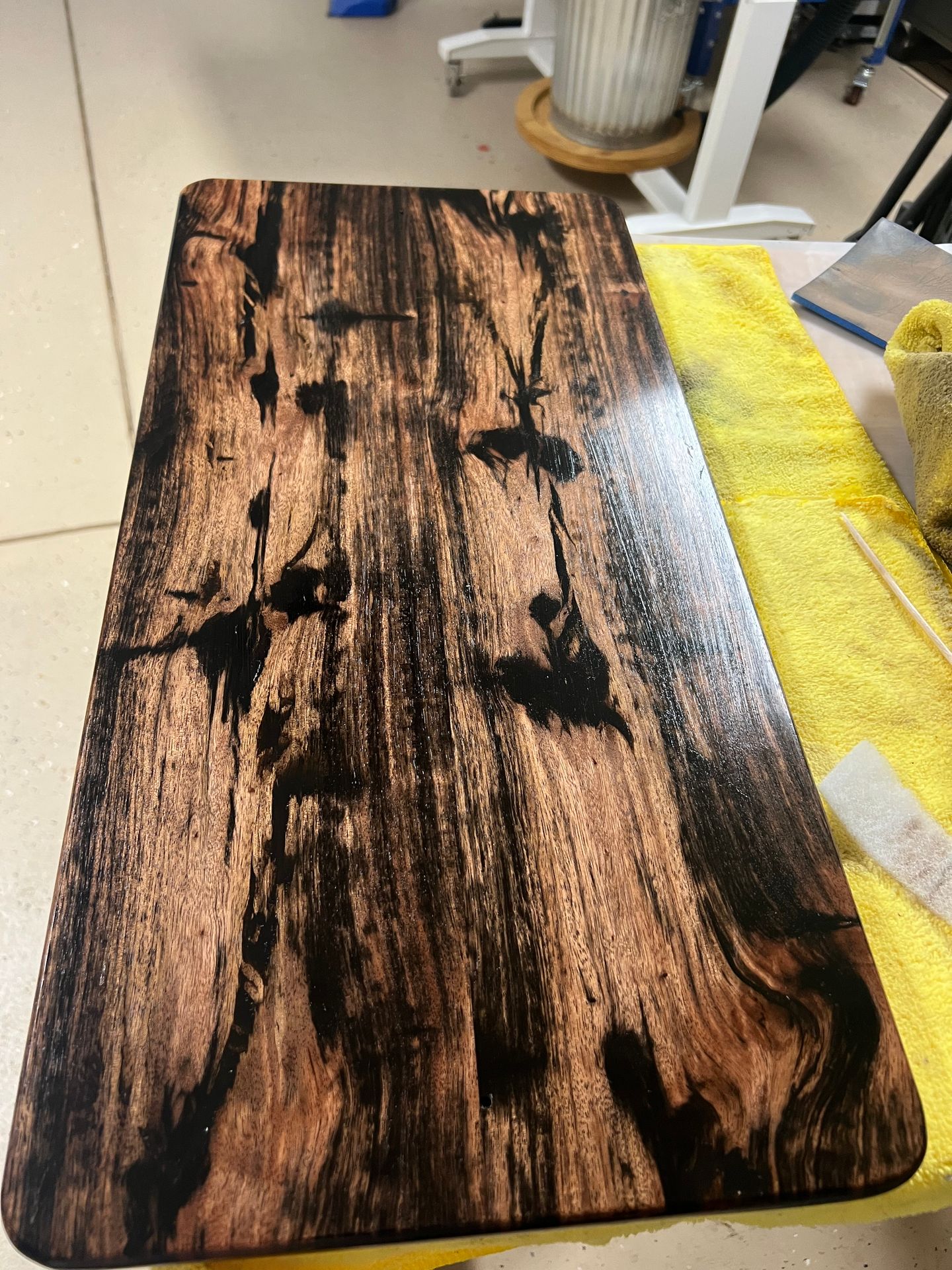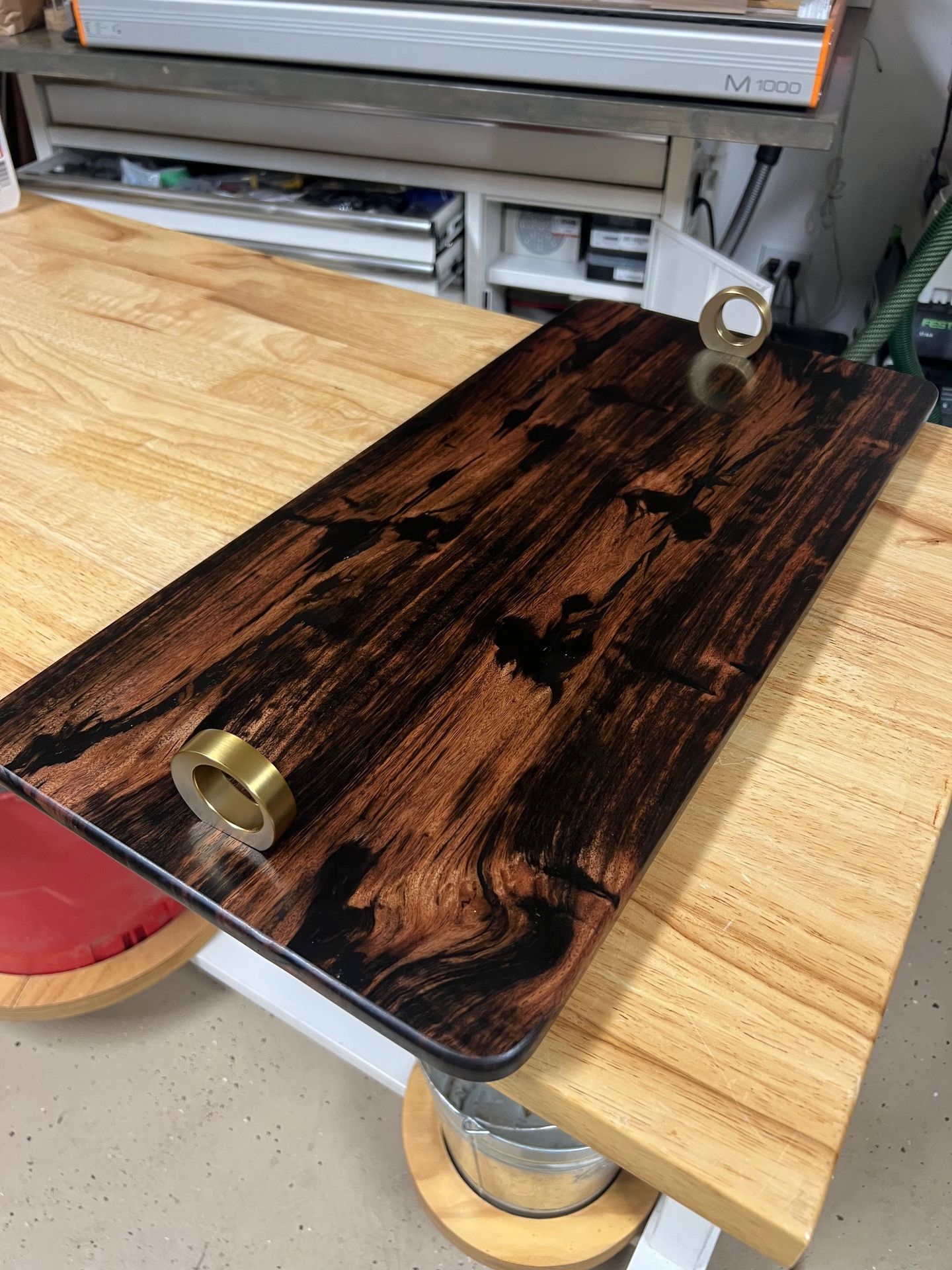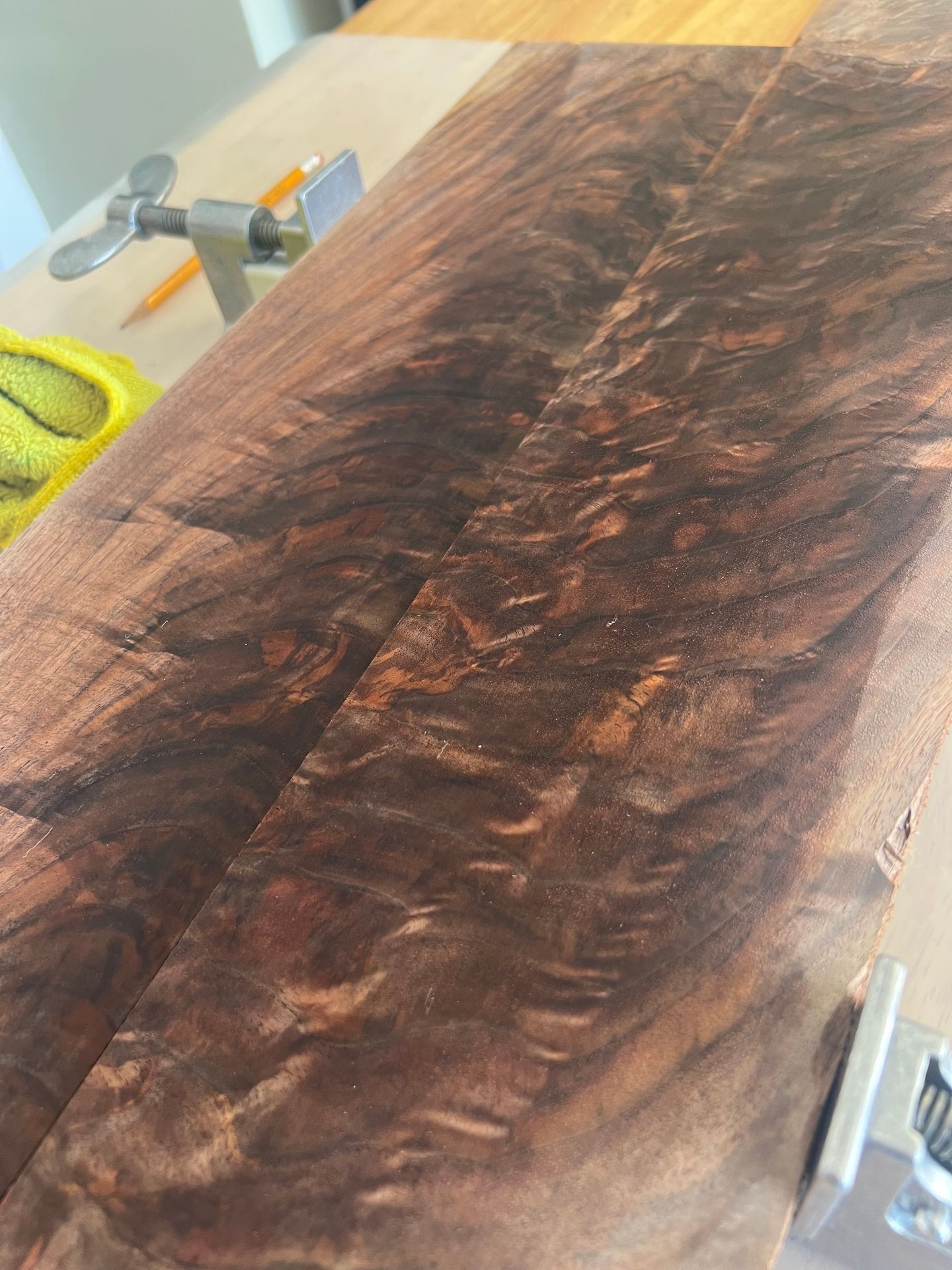Sanding Wood - Why Stopping at 220 Grit Is Like Washing Half your Car.
GK
Why stop at 220 grit when sanding wood? Learn the science behind ultra-smooth finishes, the benefits of sanding to 3000 grit, and why higher grits give your woodworking projects a glassy, professional look.

There’s more than one way to do woodworking. Some folks swear by “stop sanding at 220 grit and call it good.” And that’s fine… if your goal is to have a piece that looks like it’s been gently caressed by sandpaper and then abandoned in a dimly lit garage.
Me? I’m a “sand it until you can see your reflection and question your life choices” kind of guy. I’ll go all the way to 3000 grit before I even think about applying finish. And here’s the thing—if you’ve never taken wood past 220, you’re missing out on the magic.

The Myth of 220
Somewhere along the line, a rumor spread in woodworking circles that sanding past 220 is pointless. “The finish won’t stick,” they say. “You’re just wasting time,” they say.
Really? Because last I checked, nobody paints a car after sanding it to 220. You don’t polish a gemstone to a dull chalky finish and call it done. And you certainly don’t stop shaving halfway through your face and declare it a style choice.
The Science Behind the Smooth
Wood is essentially a bundle of long fibers—like drinking straws—held together by lignin (nature’s glue). When you sand, you’re slicing those fibers down to smaller and smaller ridges.
At lower grits, the surface is still covered with microscopic grooves that scatter light and feel rough. As you climb through the grits—400, 800, 1000—you’re refining those ridges until they’re so fine they start reflecting light evenly. That’s why at around 800 grit, you can actually see a sheen before you’ve even applied finish.
Finishes don’t just “stick” by gripping the wood like Velcro—they also bond at a molecular level, seeping into the pores. A smoother surface means less trapped dust, more even coverage, and a richer optical depth once cured.
What Happens Beyond 220
At 220 grit, your wood is ready for “good enough.” At 800 grit, it’s starting to glow. At 3000 grit, it’s smoother than a politician dodging a question.
And here’s the kicker—your finish will look glassy. It won’t just sit on the surface; it will blend into a perfect union with the wood fibers underneath. That’s the difference between “homemade” and “museum piece.”

But Doesn’t the Finish Need “Tooth”?
Yes—if you’re spraying a heavy-bodied paint or a film finish for industrial floors. But for oils, varnishes, lacquers, or hybrid blends, the “tooth” needed is microscopic, not visible.
If you’re worried, a quick scuff with a finishing pad before applying will give the surface all the grip it needs—without undoing hours of smoothing.
The Logical Test
If stopping at 220 was the ultimate path to woodworking glory, then explain this: why do the same lumber stores that sell the most expensive exotic woods also stock sandpaper, polishing pads, and Scotch-Brite cloths up to 3000 grit?
Are they running an elaborate conspiracy to get us to waste time? Or is it just possible that the best wood deserves the best prep?
I know where I stand. My finish stands there too—shiny enough to make people squint.
Keywords : wood sanding tips, sanding beyond 220 grit, fine grit sandpaper, woodworking finish prep, ultra smooth wood surface, sanding to 3000 grit, wood finishing techniques, wood grain polishing, high gloss woodworking finish, sanding science woodworking